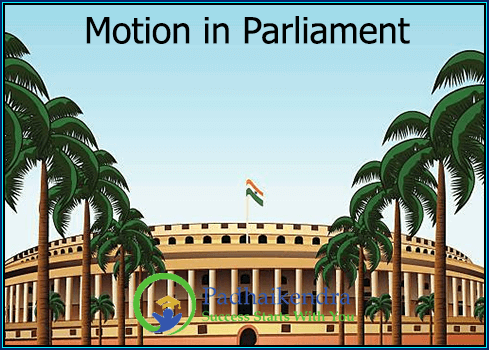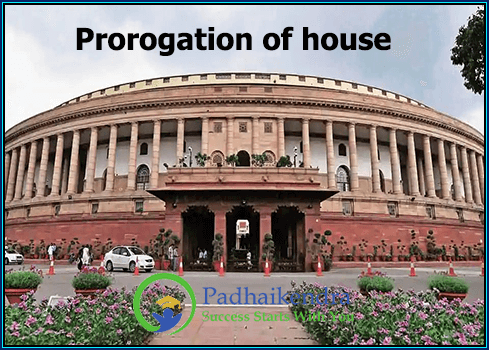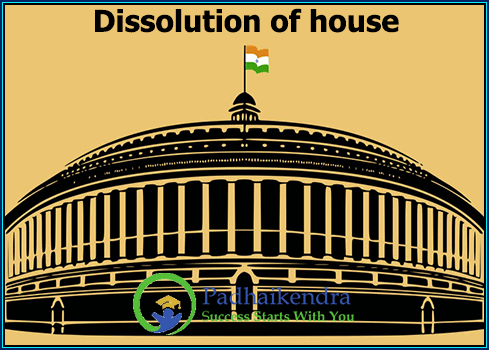In a parliamentary procedure, there are different types of motions that can be introduced. Here are some common types of motions in parliament:
- Main Motion: This is a motion that introduces a new proposal or idea for consideration by the parliament.
- Amendment Motion: This is a motion that proposes changes to a main motion that is already under consideration by the parliament.
- Subsidiary Motion: This is a motion that is made while another motion is being considered. It may be used to modify or delay the consideration of the main motion.
- Privileged Motion: This is a motion that has priority over other motions and may be introduced even if another motion is already under consideration.
- Motion of No Confidence: This is a motion that is introduced to express the lack of confidence in the government or a particular government official. If passed, it can lead to the resignation of the government.
- Adjournment Motion: This is a motion that proposes to end the current sitting of the parliament.
- Motion for Closure: This is a motion that is introduced to end debate on a particular motion and move to a vote.
- Point of Order: This is not a motion, but a parliamentary procedure where a member raises a question about whether the parliamentary rules or procedures are being followed correctly.





